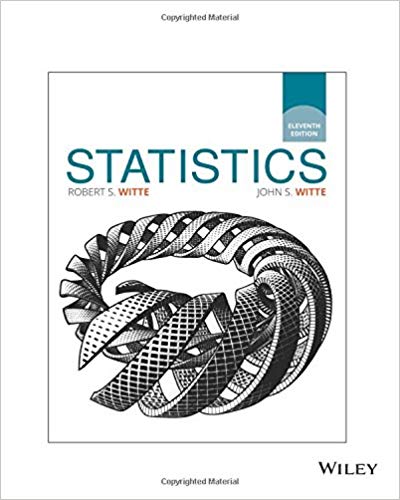Identifying the treatment group with 1 , specify both the null and alternative hypotheses for each
Question:
Identifying the treatment group with µ1, specify both the null and alternative hypotheses for each of the following studies. Assume that the data from all these studies will be analyzed with directional tests.
1. College sophomores were randomly assigned to a study skills training program that would provide training designed to enhance their study skills or to a comparison control condition that would receive no training. The researchers wanted to find out if the study skills training program would improve the students’ grades as measured by their grade point averages.
2. College men who volunteered to participate in a communication skills research project were randomly assigned to an experimental treatment condition or to a control treatment condition. The men in the experimental condition received special training designed to improve their skills in communicating with college women. The men in the control condition met for an equal amount of time, but instead of communication training, they discussed ways to manage their money. After the training was completed, each volunteer was observed in a special lab as he talked with a female confederate. The volunteer’s communication skills were scored by a panel of judges. Higher scores indicated more effective communication skills.
3. Depressed teenagers were randomly assigned to an experimental treatment condition or to a control treatment condition. Teenagers in the experimental treatment were given a drug that was hoped would reduce symptoms of depression. The teenagers in the control condition were given a placebo. At the end of the experimental treatment time, each participant took a standardized depression test on which high scores indicated a relatively high level of depression.
Step by Step Answer:






